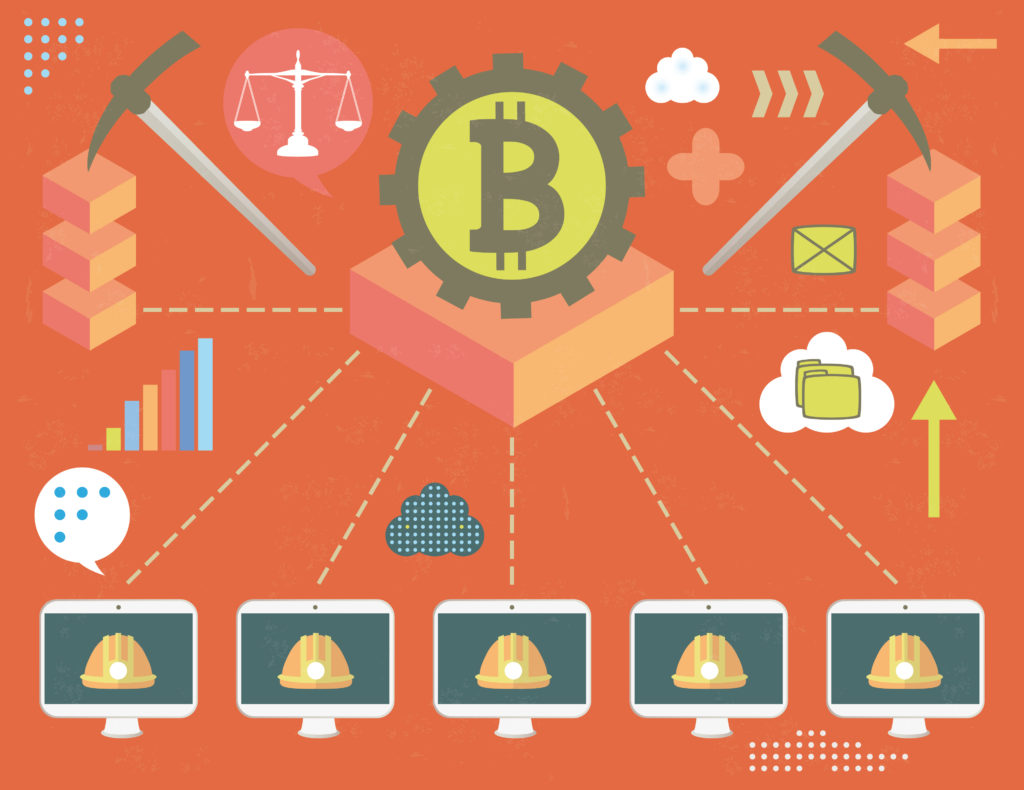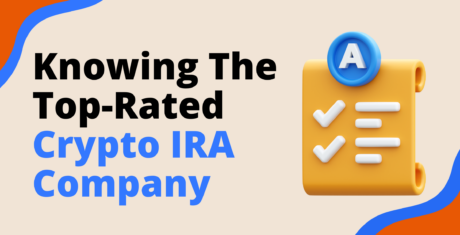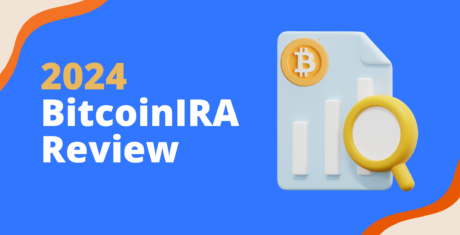The debate that saw the Bitcoin community branch off into two groups appears to have reached some kind of compromise. The debate did have prolonged effects on the prices, functionality and the sentiment surrounding the digital currency. Over two years the debate had affected the prices in phases and packed a hopefully final punch in March that took the prices to below $1000 after a couple of months. The prices have now stabilized after the news of the hard fork was confirmed for an increase in blocksize. Let’s dive deep into whether a blocksize increase is the need of the hour and what the studies have revealed:
The time lag in processing the transactions:

A study by UCL Centre for Blockchain Technologies reveals that around 43% of the transactions are still not included in the Blockchain even after 1 hour from the first time they appeared on the network. Even more concerning is the fact that 20% of Bitcoin transactions are still not included on the blockchain even after 30 days. Over three months of the study revealed that in 12,000 unique nodes connected to the network, the confirmation time is inefficient for large value transactions. This exposes the inefficiency that has culminated in Bitcoin networks and why the blocksize debate has come into the picture as so critical to solve.
Reasons for lagging and inefficient transaction processing

The real problem for the non-inclusion of some transactions is due to the fact that there are no mechanisms that ensure that all transactions are actually processed. The miners are free to choose what transactions are to be included in their block. Satoshi did include a mechanism called ‘First Seen’ but it’s not enforceable at a protocol layer. The first seen method is a typical first in, first out method abiding which transactions can actually be processed instantly. However, instead of ‘first seen’, miners are opting for transactions that give them better incentives.
Possible solutions
Having no/fixed incentives for transactions might be a solution as miners would stick to ‘first seen’ transactions while processing once they see incentives aren’t based on the amount being transacted. However, Pappalardo said that:
“What we suggest is that miners have no incentives to include all transactions and therefore some are missed and after a while it becomes increasingly unlikely that a miner will willingly include old transactions. Without any incentive for proper processing and timely recording of transactions, it is unlikely the system will spontaneously invest efforts to become more efficient.”
While blocksize increase seems inevitable, the inclusion of mechanisms to make sure all the transactions are processed in time would be essential to keep the Bitcoin network honest and efficient.






 3,500+ 5-Star Reviews
3,500+ 5-Star Reviews